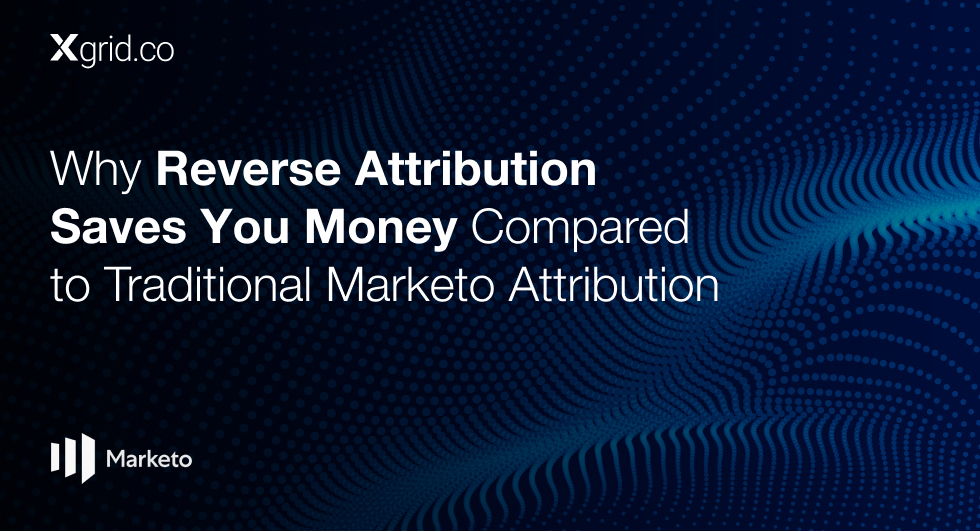The HubSpot Migration Checklist: How to Prepare Your Data Before You Move
A move to HubSpot is exciting — it promises better alignment, smarter automation, and reporting that finally makes sense. But here’s the catch: a HubSpot CRM migration can either set your business up for growth or drag old problems into a new system.
Companies that rush HubSpot data migration often find themselves drowning in duplicates, broken pipelines, and reports no one trusts. In fact, one SaaS company discovered 3,000+ unused properties during migration — a painful reminder that what you don’t clean before the move will haunt you after.
That’s why preparation matters. Below is your HubSpot migration checklist — not just steps, but the categories of work every team must consider before switching over.
1. Data: Clean Before You Carry
Think of HubSpot migration like moving houses. You wouldn’t pack junk drawers, broken furniture, and bags of trash, right? The same applies to CRM data.
- Deduplicate contacts and companies before the import.
- Standardize company names and convert free-text fields into picklists.
- Define mandatory fields (email, lifecycle stage, owner) — and enforce them.
- Archive irrelevant or inactive records.
Case in point: A fintech firm enforced mandatory email + lifecycle stages at the point of data capture. During migration, this reduced clutter by 38% and gave them a clean foundation in HubSpot.
2. Structure: Design HubSpot for Growth
HubSpot isn’t just a container — it’s a framework. If you migrate without rethinking your architecture, you’re just moving problems.
- Decide which objects you’ll use: Contacts, Companies, Deals, Tickets, or Custom Objects.
- Separate must-have fields from “nice-to-have.”
- Define buyer-aligned lifecycle stages before migration.
- Establish naming conventions for lists, workflows, and pipelines.
? One consultancy used migration as an opportunity to cut their 14-stage pipeline down to 6. After moving into HubSpot, deal velocity improved by 23% because sales reps had clarity.
3. Alignment: One Language, One System
Migration isn’t just about data — it’s about people. If Sales and Marketing can’t agree on definitions, HubSpot will expose the cracks.
- Document joint definitions of MQL, SQL, and Opportunity.
- Build handoff processes into HubSpot workflows.
- Use shared dashboards so everyone looks at the same numbers.
- Hold pipeline review meetings to reinforce the system.
? A startup unified their teams under one HubSpot dashboard. In just two months, marketing-driven revenue grew by 32% — not because of new leads, but because everyone finally chased the same goals.
4. Governance: Protect Data Quality
Data chaos = brand chaos. Migration is the perfect moment to establish rules that keep HubSpot clean over time.
- Enforce mandatory fields at every conversion point.
- Set up duplicate management rules inside HubSpot.
- Build “stale deal” views to flag inactivity beyond 30 days.
Schedule quarterly data audits as part of your CRM governance.
? A Series A SaaS company discovered they had 800+ workflows and 3,000+ properties running wild after migration. By auditing early, they improved reporting accuracy by 62% within 90 days.
5. Testing: Audit After the Move
No checklist is complete without validation. Once your data lands in HubSpot, test everything:
- Confirm pipelines reflect real buyer journeys.
- Validate dashboards and KPIs (MQL → SQL → Opportunity → Closed-Won).
- Test workflows like lead routing, follow-ups, and onboarding.
- Audit system pages (thank-you, unsubscribe) for brand consistency.
Final Word
A HubSpot migration isn’t about moving data — it’s about building a system that scales. When you clean your data, redesign your structure, align your teams, and enforce governance, HubSpot becomes more than a CRM. It becomes the growth engine of your company.
Use this HubSpot migration checklist as your foundation. And if you’d rather not risk broken fields or lost data, our HubSpot migration services can help you transition smoothly and protect your most valuable asset: customer trust.





